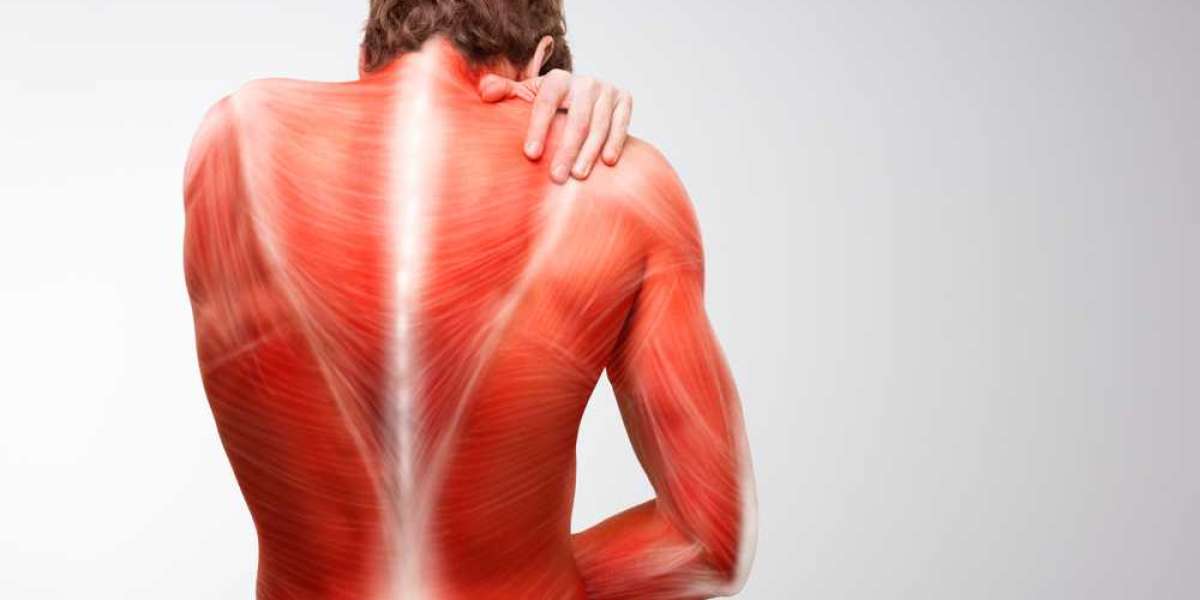When a Deep Water Jet Aerator operates, it generates a powerful submerged jet that significantly alters the natural flow structure within the water body. The high-velocity jet disrupts static layers and replaces them with dynamic circulation patterns capable of redistributing oxygen and suspended materials. As the jet penetrates downward or horizontally, it entrains surrounding water, creating a strong momentum exchange that reshapes the entire hydrodynamic field. These flow changes not only enhance aeration performance but also improve water clarity, reduce stratification, and support ecological stability.
Formation of Circulation Flow and Horizontal Movement
One of the most evident impacts of the aerator is the establishment of a large-scale circulation loop. The jet pushes water outward, traveling several meters before losing momentum and curving upward or sideways. This motion pulls additional water into the jet’s path, forming a continuous loop that extends across a wide radius. Such circulation prevents stagnation and promotes horizontal mixing, allowing oxygenated water to spread laterally. This effect is particularly beneficial in reservoirs or ponds where stagnant zones often develop due to irregular geometry or uneven depth.
Development of Upward Flow and Vertical Mixing
As the jet loses velocity at depth, buoyant bubbles and entrained water naturally rise, creating a strong upward flow. This rising plume breaks thermal and chemical stratification by transporting oxygen-rich water from the lower layers to the surface. The induced vertical mixing helps equalize temperature, nutrient concentrations, and dissolved oxygen throughout the water column. This is especially critical in stratified lakes, where deep layers often suffer from hypoxia. By promoting upward circulation, the aerator enhances biological conditions and mitigates problems associated with low-oxygen bottom waters.
Influence on Turbulence, Shear Layers, and Mixing Efficiency
The operation of a submerged jet intensifies turbulence around the nozzle and its surrounding zones. This heightened turbulence forms shear layers that interact with calmer regions of the water body, significantly accelerating mixing. The turbulent eddies help break apart organic particles, suspend sediments, and disperse nutrients more uniformly. Such turbulence-driven processes increase the effective air–water contact area and support higher oxygen transfer rates. However, the level of turbulence must be carefully balanced, as excessive shear could disturb delicate ecosystems or resuspend sediments in shallow areas.
Overall Benefits of Modified Flow Patterns in Aquatic Environments
The combination of circulation flow, upward movement, and localized turbulence results in a more homogeneous and oxygen-rich water body. These modified flow structures reduce dead zones, support aerobic microbial activity, and create healthier habitats for aquatic organisms. From an engineering perspective, understanding how the aerator changes flow patterns allows operators to optimize installation depth, jet angle, and power settings to achieve the most effective water quality improvements.
Phase: Three-phase
Power:1.5kW
Poles: 2poles
Impeller amount:1
Dimensions: 1280L X 740W X900H
Stowage Volume: 0.40m3
QTY per 40ctnr :180 units
Ability to increase oxygen: 0.99kg/h
Dynamic efficiency: 0.82kg/kW.h
Insulated resistance: 200MΩ





